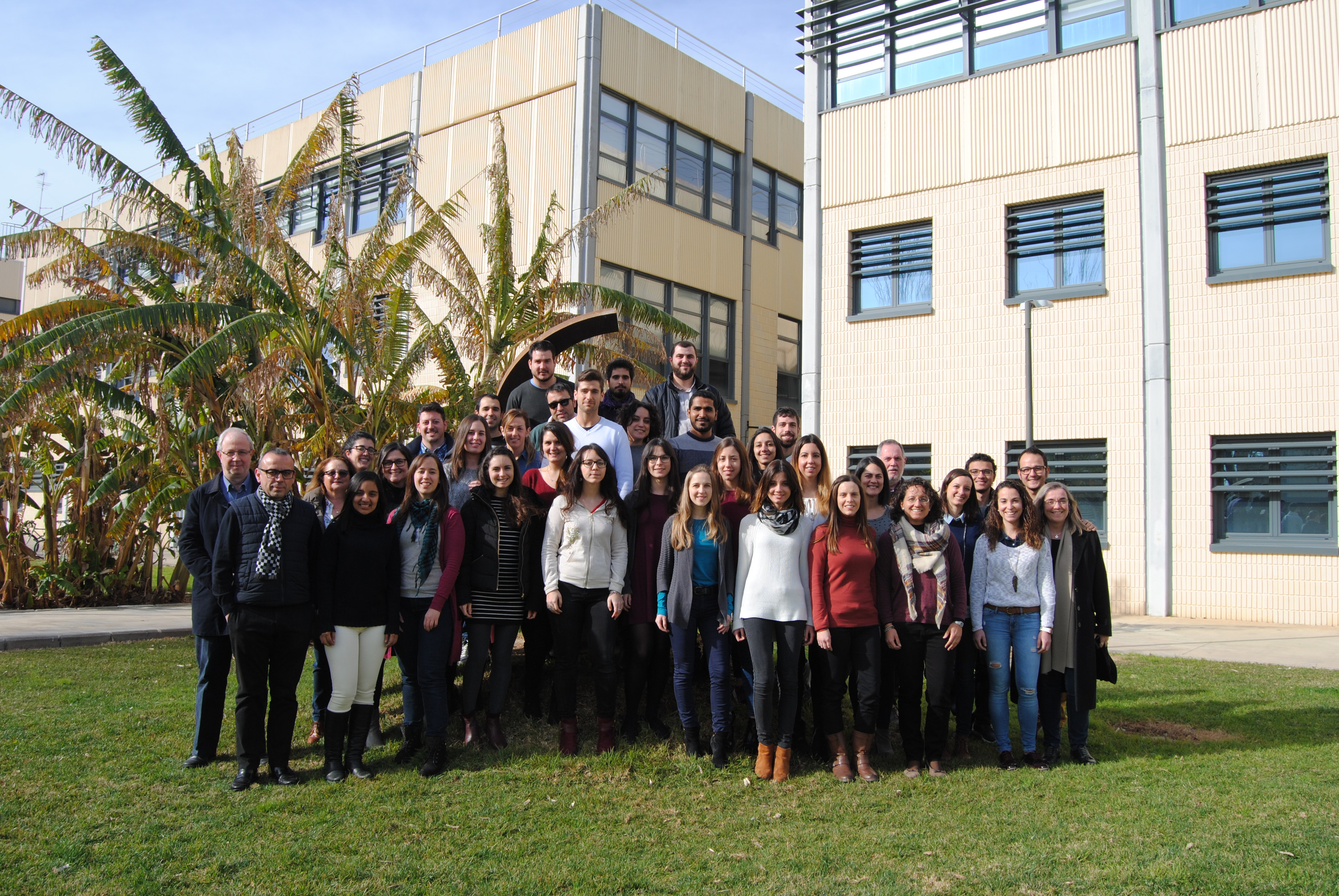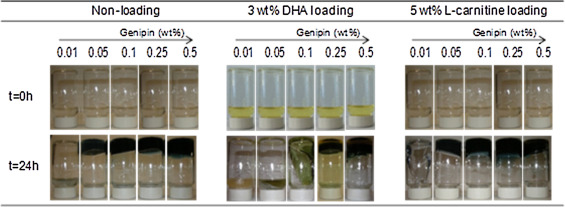Conflicting evidence for ferroelectricity – New publication in NATURE by scientists of NANBIOSIS
Researchers from Unit 6 of NANBIOSIS, -ICMAB (CSIC)/CIBER-BBN-, in collaboration with others from the Universities of Liège, Mons, Grenoble-Alpes, Parma, Augusburg, Girona and CNR-IOA (SISSA) have published in the journal Nature (G. D’Avino et al., Nature, 547, E9-E10, 2017) an article questioning the presence of ferroelectricity at room temperature in organic charge transfer crystals, generated by supramolecular techniques, previously published in the same journal (Tayi et al, Nature, 488, 485-489, 2012), by a team led by Profs. J. Fraser Stoddart (Nobel Prize for Chemistry 2016) and Samuel I. Stupp of the University of Northwestern.
For more information: D’Avino et al, Nature 547, E9-E10 (13 July 2017). doi: 10.1038 / nature22801


















